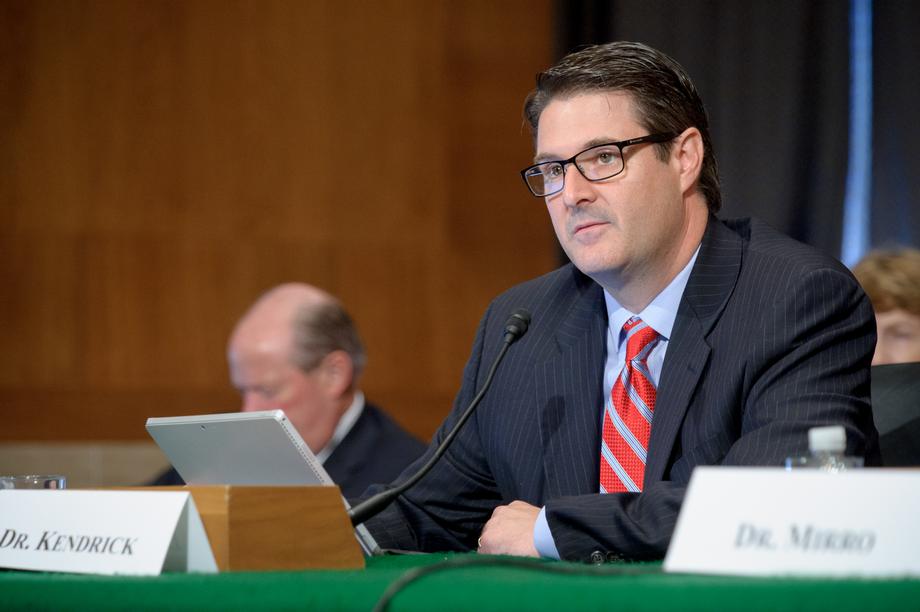FHIR Developer Days came to a
close the Friday before Thanksgiving in Amsterdam. FHIR mastermind Grahame Grieve capped off the proceedings with a keynote address:
Graham discusses FHIR's evolution beyond "draft" status and some of the philosophical and practical considerations as the standard grows up:
To this last point, for those trying to place FHIR within national interoperability efforts, Grahame attempts to lay out the ultimate goal of the standard development:
- FHIR will now be a "working standard," reflecting the fact that it is being used in production settings, but not yet etched in stone
- Levels of maturity for advancing the standard - which are largely community-driven - toward becoming "normative"
- Packaging FHIR resources and making them more accessible and easily-interpreted, with a process that can be better understood by non-programmers
- The importance of considering who is served by data interoperability, not simply the flow and efficiency of information exchange;
To this last point, for those trying to place FHIR within national interoperability efforts, Grahame attempts to lay out the ultimate goal of the standard development:
Data interoperability is all well and good but it's not the outcome that we need. The outcome that we need is clinical interoperability... My (definition) of clinical interoperability is the ability to transfer patients between care teams and provide seamless provision of clinical care. That is the interoperability that matters and will make a difference to people's lives.
What is considered data continuity for healthcare practitioners may not serve the needs of patients; yet the goal of a truly patient-centered, portable record will have to prioritize the healthcare user above all else.
***
There's still a lot to unpack from Amsterdam, In case you missed it, Developer Days also featured:
- Presentations from FHIR principals Lloyd McKenzie and Ewout Kramer
- API development in Java and .NET
- A "cheat
sheet" with tons of useful FHIR info (compiled by Developer
Days host Furore)
- An announcement that
IHE is updating FHIR Profiles to align with DSTU2
- An announcement of
a Notepad++ plugin for FHIR
- Trophies!
See you around the FHIR place.

















